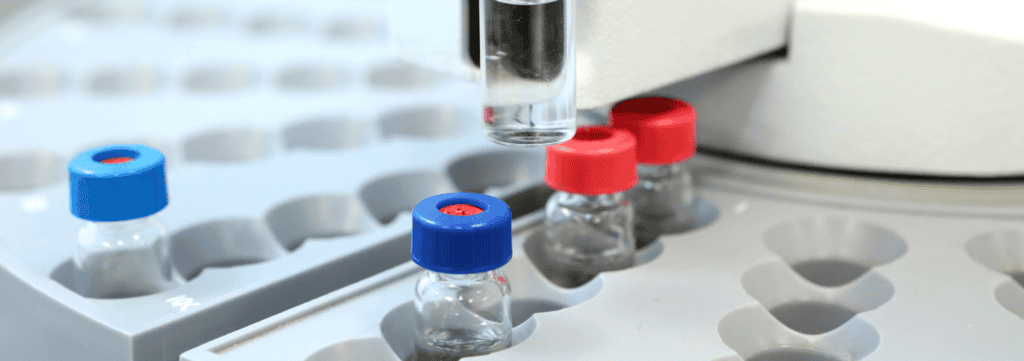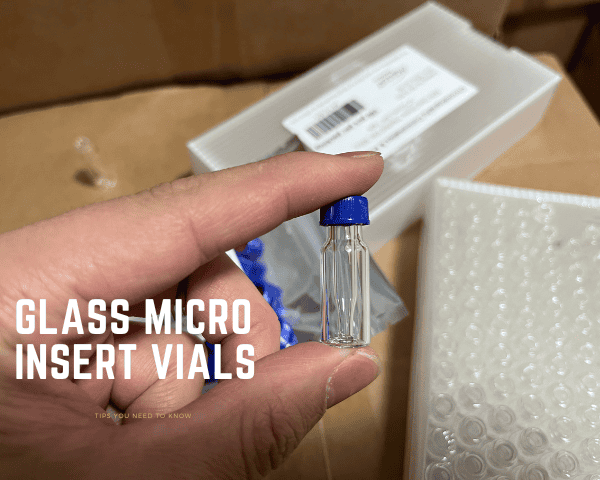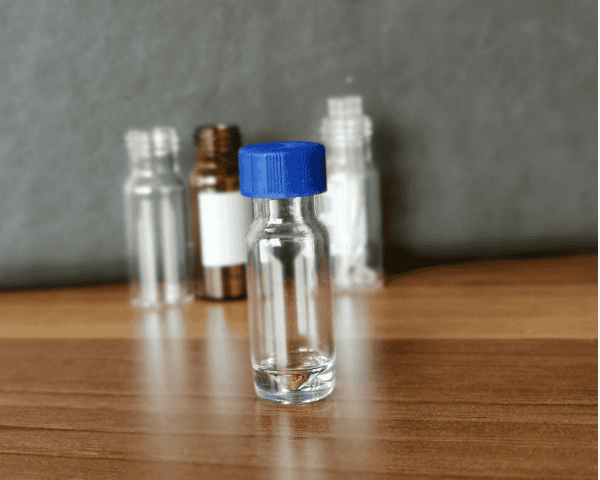Have you ever wondered why the quality of HPLC glass vials can vary so much from one supplier to another? I know I have, especially when trying to find reliable options for a critical lab process. Today, we’re going to dive into the world of glass vial quality standards, focusing on the factors that set high-quality products apart from the rest. Whether you’re in a pharmaceutical lab or managing a biotech research team, the quality of your vials can impact the results of your work. Let’s explore what makes one glass vial better than another and why these distinctions matter to you
Answer Section
There are various quality standards for HPLC glass vials, primarily revolving around material composition, durability, chemical resistance, and manufacturing precision. High-quality glass vials typically meet ISO and ASTM standards, which ensure consistency in performance. Inferior vials may compromise your sample integrity, so investing in reliable options is critical.
Now, let’s dig deeper.


Why Glass Quality Matters for HPLC Vials
When it comes to HPLC (High-Performance Liquid Chromatography), the smallest details can affect your results. Here’s why:
Chemical Resistance and Sample Integrity
One key reason to focus on vial quality is the chemical resistance of the glass. Low-quality vials may not offer the same protection against sample contamination, especially when dealing with reactive substances. Glass vials that meet higher standards, such as borosilicate glass (often called Type 1), ensure that your sample remains unaltered throughout the process.
Durability and Breakage Resistance
No one wants to deal with broken vials, right? Especially when they contain expensive or sensitive samples. High-quality glass vials, often produced to meet ASTM standards, are much more durable and resistant to breakage, ensuring fewer interruptions in your work. You wouldn’t want your lab experiments halted because of a shattered vial—trust me, it’s frustrating.
Consistency in Dimensions
Ever experienced vials that don’t fit into your HPLC machine? That’s likely due to inconsistent manufacturing. Quality glass vials are produced with strict adherence to size specifications, ensuring that every batch is uniform. This means fewer compatibility issues with your HPLC systems, ensuring smooth workflows.
Types of Glass Used in HPLC Vials
Choosing the right glass type for your HPLC vials is crucial. Let’s break it down.
Borosilicate Glass (Type 1)
Borosilicate glass is the gold standard for HPLC vials, and it’s not hard to see why. This glass type is resistant to thermal shock and chemical attack, making it ideal for high-temperature applications or reactive samples. Most top-tier vials, including those from brands like Agilent or Waters, are made from borosilicate.
Soda-Lime Glass (Type 2 and 3)
This is a cheaper alternative, often used in non-critical applications. While it can be sufficient for basic uses, soda-lime glass lacks the durability and chemical resistance of borosilicate. It’s more prone to cracking under temperature changes, and chemical leaching can occur in highly acidic or alkaline environments.
When Should You Choose Borosilicate Over Soda-Lime?
If your work involves highly reactive substances or sensitive assays, borosilicate glass is your best bet. It maintains the integrity of your samples and is far more reliable in high-performance chromatography. However, if cost is a major concern and you’re dealing with less reactive substances, soda-lime glass might suffice—but keep in mind that you’re compromising on quality.


Quality Standards to Look For
When sourcing HPLC vials, you’ll come across various standards and certifications that ensure quality. But what should you prioritize?
ISO Standards
ISO standards are the global benchmark for ensuring quality across many industries. For glass vials, ISO 9001 certification guarantees that the manufacturing process meets rigorous quality management standards. Vials that meet ISO standards ensure that you’re getting consistent quality every time.
ASTM Standards
ASTM International sets technical standards for a wide range of products, including glass. For HPLC vials, ASTM standards (like ASTM E438 for glass) cover material properties and manufacturing processes. Vials that comply with these standards offer better durability, chemical resistance, and dimensional accuracy.
Supplier Reliability
Not all suppliers adhere strictly to these standards. So, it’s essential to choose a supplier known for quality. Trusted names in the industry, like Thermo Fisher and Agilent, often publish their compliance with these standards. Do you think it’s worth taking a risk with unknown suppliers, or would you rather trust a proven name?
Quality Assurance and Testing
How can you ensure that the vials you’re buying meet these high standards? Let’s discuss the testing processes reputable suppliers use.
Stress Testing for Durability
Top manufacturers put their vials through rigorous stress tests to ensure they can withstand extreme conditions, such as high temperatures or mechanical stress during automated processes. This reduces the likelihood of breakage in your lab, which is especially critical in high-volume settings.
Chemical Resistance Testing
Glass vials undergo chemical resistance testing to ensure that the material won’t interact with your samples. This is especially important when working with highly acidic or basic compounds. Would you rather take the chance with untested vials, or opt for something that’s guaranteed to perform?
Dimensional Accuracy Testing
Vials that don’t fit into your HPLC system can cause costly delays. Manufacturers test for dimensional accuracy to ensure each vial fits precisely. This also ensures compatibility with autosamplers, preventing errors during your runs.
Common Pitfalls in Choosing Low-Quality Vials
Sometimes, cutting costs can seem appealing, but what’s the real cost of choosing cheaper vials?
Sample Contamination
Low-quality glass, especially soda-lime, can leach ions into your sample, potentially skewing your results. In the worst-case scenario, this can compromise the entire experiment. Why risk it when there are higher-quality options available?
Increased Breakage
As mentioned earlier, low-quality vials are more prone to breaking. This not only interrupts your workflow but can also lead to loss of valuable samples. If your lab handles expensive or irreplaceable compounds, this is a risk you simply can’t afford.
Poor Compatibility with Equipment
Low-grade vials may not fit well in your HPLC system, leading to errors or even damage to your equipment. Investing in quality vials that meet dimensional standards is worth it to avoid these issues.
Conclusion
If you’re on the lookout for high-quality HPLC vials at sensible pricing, you won’t miss out Mastelf. With over 13 years of experience in chromatography vials, we can help you find the exact vials you need for your applications.
Our expertise ensures that you get reliable and precise products tailored to your specific requirements. Whether you’re in pharmaceuticals, research, or any other industry relying on HPLC, we understand your needs and are here to support you in making the right purchase.
Reach out to Mastelf, and let us assist you in procuring the perfect vials for your work.
When it comes to glass vials for HPLC, quality is everything. From chemical resistance to durability, investing in high-quality vials can save you time, money, and frustration in the long run. What do you think? Is it worth cutting corners to save a little now, or would you rather invest in something that guarantees consistent, reliable performance?
So, the next time you’re ordering vials for your lab, remember: quality matters more than price. Do you agree? Let’s continue the conversation.











